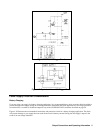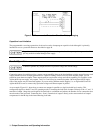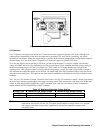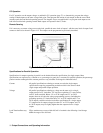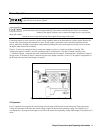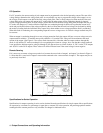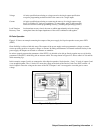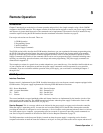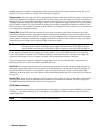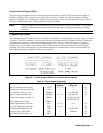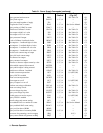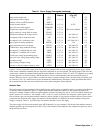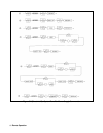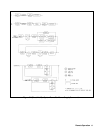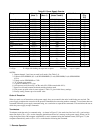
Remote Operation
63
5
Remote Operation
Introduction
Chapter 3 introduced you to the basics of remote operation and provided a few simple examples using a Series 200/300
computer as the GP-IB controller. This chapter contains all the information required to control your power supply remotely
and discusses in greater detail how each of the commands can be implemented. The material covered is intended for any
controller capable of using the GP-IB interface functions mentioned in Interface Functions on page 63.
Four major sub-sections are discussed. These are:
1. GP-IB Operation
2. Programming Syntax
3. Initial Conditions
4. Power Supply Commands
The GP-IB section briefly describes the GP-IB interface functions to get you acquainted with remote programming using
the GP-IB. Under Programming Syntax, the syntax of all commands, the numeric data formats and the programmable
ranges for all models are given. Initial Conditions highlights the initial values of all the parameters at power-on. Power
Supply Commands will describe all the commands which can be used to program the supply’s functions including status
reporting, error handling, protection features, and voltage and current programming. The power supply commands are
summarized in Appendix C.
The examples are written in a generic form to make adaptation to your controller easy. You should be familiar with the use
of your controller and its instruction set and how the power supply commands can be incorporated in your controller
commands. If you are not familiar with the operation of the power supply, you are advised to read through Chapters 2
through 4 first.
GP-IB Operation
Interface Functions
Remote control is implemented by the GP-IB. It enables instructions to be sent from an external computer equipped with a
GP-IB interface. The power supply implements the following IEEE-488 Interface Functions:
SH1 - Source Handshake SR1 - Service Request
AH1- Acceptor Handshake RL1 - Remote/Local
T6 - Talker RL1 - Parallel Poll
L4 - Listener DC1 - Device Clear
The source handshake, acceptor handshake, talker and listener functions are implemented by the interface circuits of the
power supply and the controller. The ADDR annunciator indicates when the power supply is addressed to listen or talk.
(The talker function includes the Serial Poll, see page 64).
Service Request. This is a message which can be initiated by the power supply to request service from the controller.
When the supply is requesting service, it asserts the service request (SRQ) line on the GP-IB to interrupt the controller
providing the controller is configured to service interrupts. A service request can be generated whenever there is a fault on
one of the outputs (up to 4 outputs), a programming error has occurred, or at power on providing certain commands are
sent. Service request commands are discussed in detail in Service Request Generation on page 79.
The SRQ annunciator on the front panel display is turned on when the power supply is requesting service from the
computer and remains on until the controller conducts a serial poll. A serial poll removes the service request and turns off



